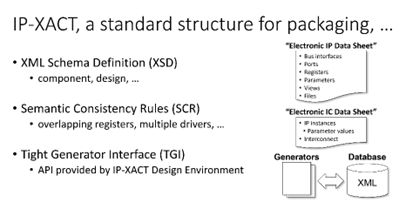A team of researchers at the Max Planck Institute of Quantum Optics has for the first time monitored in an experiment how holes (positive charge carriers) in a solid-state model combined to form pairs. This process could play an important role in understanding high-temperature superconductivity.
Akoustis Receives First High-Volume 5G Mobile XBAW Filter Order from Tier-1 RF Component Company
The filter solution leverages one of Akoustis’ new wafer-level-packages (WLP), developed and manufactured in its Canandaigua, New York fab.
Melexis to Invest 70M EUR in Facility Expansion in Kuching, Malaysia
Melexis, a global supplier of micro-electronic semiconductor solutions, is expanding its facility in Kuching, Malaysia.
New All-in-One Hybrid Power Drive Module Solution from Microchip
The highly integrated and configurable three-phase power module is the first variant of the new family and can be customized using silicon carbide or silicon, reducing power solution size and weight for electric aircraft.
What’s New in the 2022 IEEE IP-XACT Standard? Big Reveals from the Chair
Does semiconductor IP still matter? And what does the chair of the IEEE-1685 IP-XACT standard reveal about the latest feature sets?
Gel-Pak Brings Latest Innovations to Photonics West
Gel-Pak, a Delphon company and a worldwide leader in cutting-edge materials and protective carriers for photonic devices, today announced it will demonstrate its latest material breakthroughs for the photonics market at Photonics West.
Gartner Says Worldwide Semiconductor Revenue Grew 1.1% in 2022
Worldwide semiconductor revenue increased 1.1% in 2022 to total $601.7 billion, up from $595 billion in 2021, according to preliminary results by Gartner, Inc.
MIT Engineers Grow “Perfect” Atom-Thin Materials on Industrial Silicon Wafers
Their technique could allow chip manufacturers to produce next-generation transistors based on materials other than silicon.
Two Technical Breakthroughs Make High-Quality 2D Materials Possible
Work by Sang-Hoon Bae, collaborators would make next-generation electronics faster, use less power.
Wearable, Printable, Shapeable Sensors Detect Pathogens and Toxins in the Environment
Tufts scientists develop biopolymer-based sensors that glow when dangers are present and can be printed on almost anything—masks, gloves, clothing, food jars, or shaped into flying objects.
